FISHERIES MANAGEMENT
Closure of Shellfish and Seaweed to 2 nm (3.7 km) offshore
Update: Gazette Notice: 16 December 2022
The Minister for Oceans and Fisheries has closed the western Taranaki coastline, between Herekawe Stream (west of New Plymouth) and Taungatara Stream (east of Opunake) and offshore 2 nautical miles, to the take of shellfish (except rock lobster), seaweed (except beach cast seaweed), conger eels and anemone.
The closure came into effect on Friday, 16 December 2022. It will end on Sunday, 15 December 2024. The closure is made pursuant to section 186A of the Fisheries Act 1996.
The Gazette notice putting the closure into effect can be found here. A map of the closure area can be found here
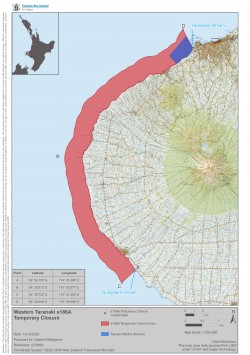
SPECIFIC NOTES
While the Minister has given Notice to temporarily close the coastline to Shellfish, the Notice given 15 Dec 2022 excludes Crayfish (which was applied for) and the southern boundary is further north than applied for – this is while MPI works through the neighbouring application by Ngāruahine for a temporary Closure (which is yet to go through consultation) - which we understand is focused on Paua but excludes a closure to Crayfish.
As a Club, we submitted (click here) in support of the short term Shellfish/Paua closure, on the basis that a long term plan be sought in during the closure period and it applied to everyone – complete ‘no-take’ for all.
We stated that the management of Crayfish needed further discussion prior to a decision being made - due to a variety of issues, including varying reports of crayfish stocks and a lack of recent data at the time of consultation, lack of enforcement, localised conflict between non-commercial and commercial at times, and the scale of the proposed closure – with risk of displaced effort to neighbouring coastline to any closure.
MPI has included Paua (PAU2) as part of their next April 2023 sustainability round review (also announced 15 Dec 2022) (click here - submissions close 8 February 2023) – which means that a review of how Paua are managed on our coastline will be consulted on and reviewed into next year. There is no such plan for Crayfish.
Paua 2 Fisheries Mgmt area under review
We want to see a workable, long term management plan for all species – and include all stakeholders. This needs to include education, local stock surveys, enforcement and resources.
Temporary Closures are a blunt instrument – and the community needs to work together to find a sensible and long term solution that provides for fisheries abundance and the next generation.
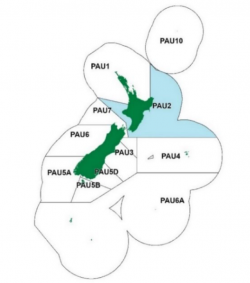
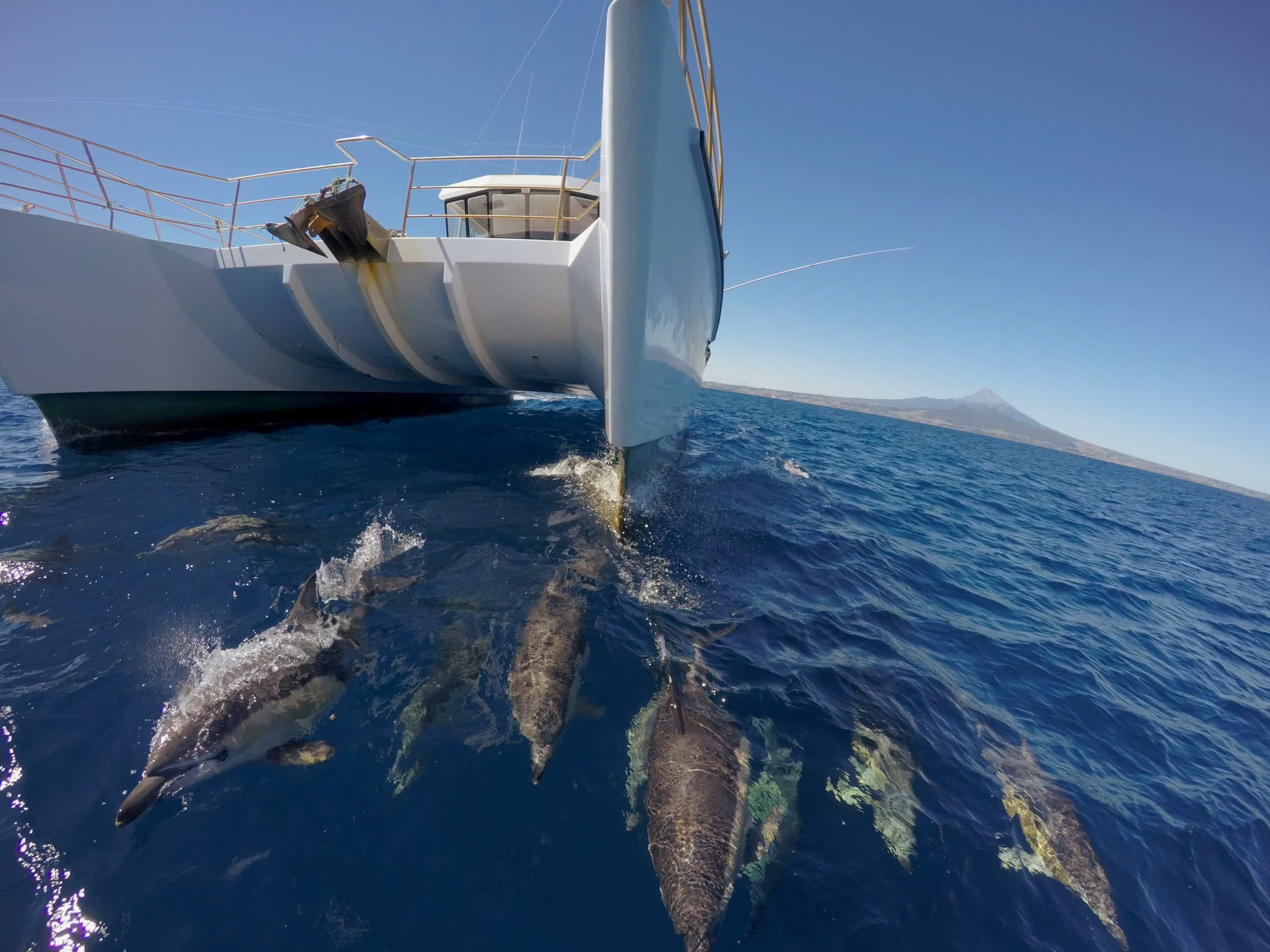
TARANAKI DAILY NEWS
16 Dec 2022 Regarding Taranaki Iwi's S186A application and Gazette notice available here
15 Dec 2022 South Taranaki iwi Ngāruahine are seeking a legal ban along their coast here
Past updates
Sept 2022 Club Submission to the S186A application:
Our Club submission here, made to MPI on 12th September 2022 in response to Taranaki Iwi's Application for a S186a Closure. The submission provides a summary from discussions and views over the last month
September 2022 Statement regarding discussions and feedback available here.
The Taranaki Daily News Article from 6th September is available here
Should the S186a be endorsed by the Crown, a Community Co-management approach should be organised involving all stakeholders. The explanation of this approach is described here.
AUGUST 2022
APPLICATION FOR PROPOSED CLOSURE
MPI put forward a proposed Closure of the Taranaki Coastline to some species.
Taranaki iwi have made an application for a two-year fishing closure on the Taranaki coast, to the stop the take of 'all species of the phylum Echinodermata and phylum Mollusca and all species of the class Crustacea at any stage of their life history, whether living or dead. This includes, but is not limited to, rock lobster (crayfish), all crabs, octopus, pāua, kina and pupu (catseye)'.
The requested area is between the Herekawe and Rawa Stream, and offshore to two nauticalmiles (3.7 km) - refer to the map below:
Documents from MPI available here: Letter
As a club we made a submission, and gained feedback and thoughts from Club members on this matter.
FAQ from that time is available here
MPI Website with relevant information: MPI Website. A copy of the Application from Taranaki Iwi is available here
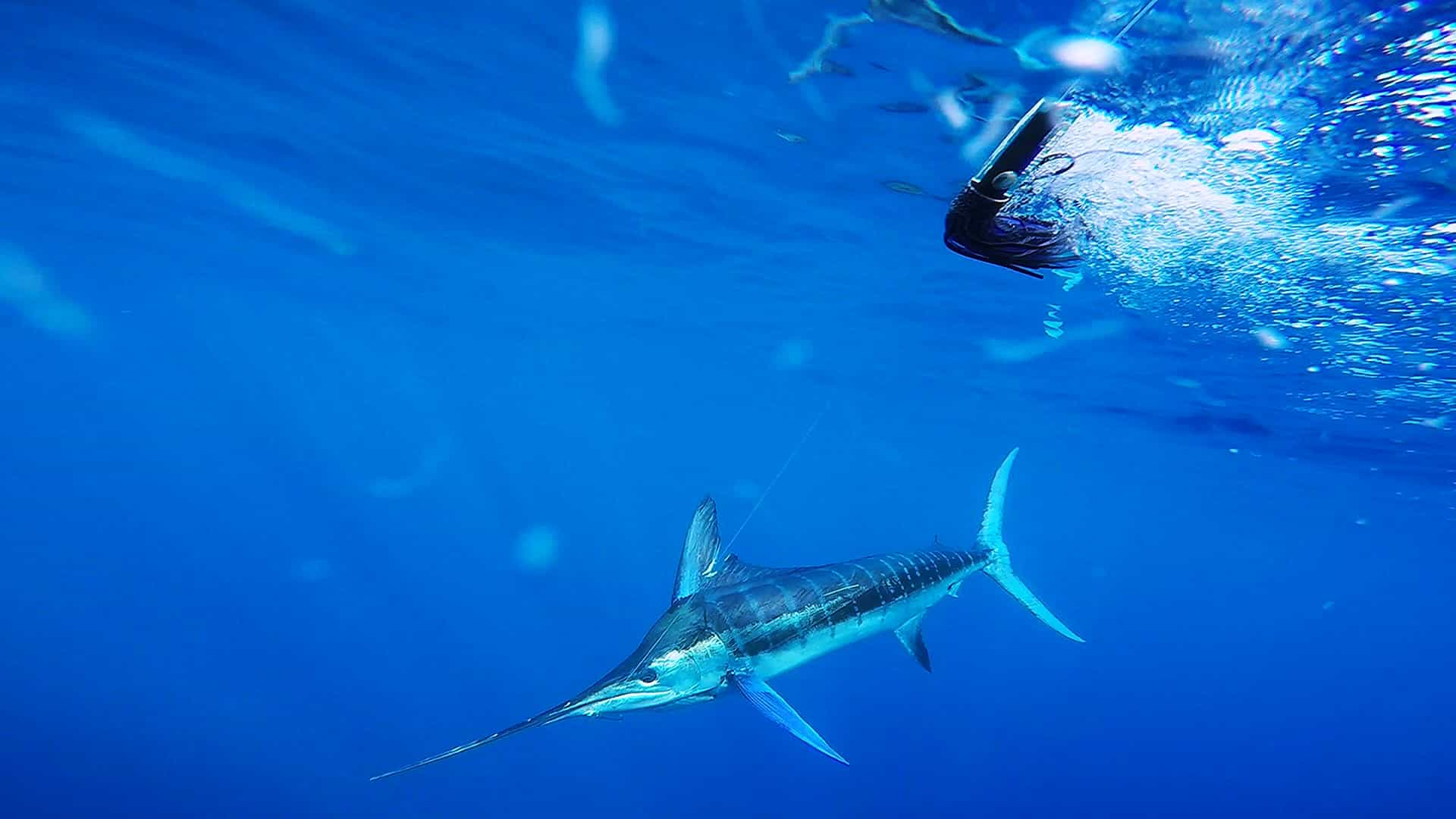
BACKGROUND & DISCUSSION
Since the inception of the Club in the 1950s and 1960s, NPSUC have been focused on sustainability, and more recently abundance of the marine environment including marine life. We want to ensure a sustainable future for the next generation (and those generations after) with an abundant and healthy marine environment off our coast.We are aware of two main issues:
- Anecdotal depletion of Paua and other shellfish, often in concentrated and accessible areas, and often harvested as organised groups.
- We are also aware of spatial conflict at times between parties taking crayfish (particularly commercial and non-commercial interests over recent seasons). The proposed Closure would see all Diving for crayfish prohibited from that section of Coastline due to the water depths involved. The same would apply for most, if not all, of all crayfish potting from boats.
An initial view is that given the anecdotal evidence related to Paua, limpets, catseyes and the like, a complete ‘no take’ closure for Paua etc is likely required and the closure period is used to establish a meaningful plan that will allow good management into the future. With Crayfish, which are seasonally transient, the anecdotal evidence is that Cray populations closer to New Plymouth are the best they have been for decades, though we are aware of spatial conflict and localised depletion seasonally further south.
For all species listed in the proposed Closure, consideration of an agreed management approach for the Whole Taranaki Coast (Mokau in the North to Waiinu Beach in the South) should be undertaken. This will need to include consideration of (at a minimum) bag sizes, spatial limitations and enforcement as examples. The Club will be making a submission and will do so after further review and investigation of the issues at hand including receiving feedback from NPSUC members and other stakeholders.
We encourage you to share your feedback to the Club via [email protected] by Friday 2nd September 2022 to allow collation of feedback.
RECENT DISCUSSIONS
Recently (17th Aug) the Club meet with representitives from the Cape Egmont, Opunake, Ohawe, South Taranaki Underwater and Patea fishing/boating clubs. Urenui, Mokau and Waitara were invited but did not attend.Feedback from the clubs that met included comments that Shellfish have been getting hammered – king tides in summer the worst (king tides in winter as much pressure). Organised groups of non-commercial fishers from inside and outside the region taking Shellfish causing localised depletion close to areas that can be easily accessed (end of roads or tracks etc).
Opunake and Cape Egmont have been having ongoing issues with Crays being harder to find, and slowly (year on year) getting smaller in size. Discussions with the Commercial boats had been ongoing.
Taranaki Iwi have proposed a Section 186 Closure to enforce the Rahui that had been in place for the last few months.
NPSUC reported that local crayfish numbers south of New Plymouth are the best that they have been in decades, and that a concern also shared from Ohawe is that if a Closure to 2 nm is put in place, then all recreational diving and most potting effort will be re-distributed to north and south of the closure – esp. noting the concentrated population of New Plymouth. Some queries from members of various clubs was around the Section 186A having a section for customary catch, and whether will Iwi uphold no customary catch.
Between the clubs it was discussed that a Rahui in this context is a Maori principle to manage the long term well being of the fishery to ensure available local stocks for the future and future generations. The principle pre-dates European settlement of NZ or influence. A Section 186A closure is basically a legally enforceable closure of/supporting the Rahui and therefore the principles of no-take do not change. This was emphasised in Taranaki Iwi’s application to the Crown ‘It is the stated intention that Traditional Permits will not be issued during the period of the Rahui’
All Clubs agreed that a new approach is required over the next few years and must be formulated for the return of abundant crayfish stocks and Shellfish after the Rahui. A further meeting of Club representatives was held 24th August week to discuss a forward plan, and also meet with Kaumatua.
On 24th August, the Clubs met with Kaumatua representing Taranaki Iwi, and the proposed closure was discussed. There was general support for a closure from the high tide mark, but distance toward the ocean required to effect the desired intent was discussed, with the main concern being additional pressure related to crayfish effort that will be shifted north and south if 2 nm was decided by the Crown.
Also discussed was developing a plan going forward. The Application by Taranaki Iwi is an oppurtunity to update how we better manage the coastal environment, with the idea of co-management by the Community a strong preference by all. This type of approach will allow sensible management for future management. Such a plan will require many aspects includiing discussion on spatial restrictions, bag limits, education, enforcement and resourcing to name a few. A statement (2nd Sept 2022) regarding discussions and feedback is available here.
Should the S186a be endorsed by the Crown, a Community Co-management approach should be organised involving all stakeholders. The explanation of this approach is described here.
The Club is encouraging a balanced and sensible approach to the issues described by Taranaki Iwi and other clubs - and that in the longer term a solution including all stakeholders as a local community (including Recreational, Iwi and Commercial interests) is required to provide for a workable solution along the entire Taranaki Coastline.

 Admin Login
Admin Login